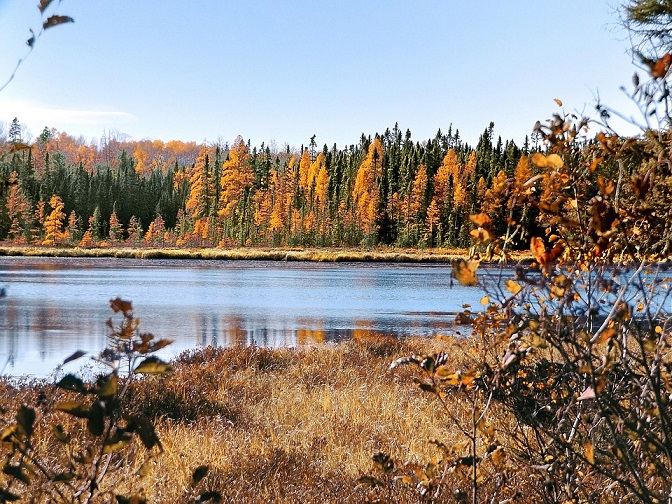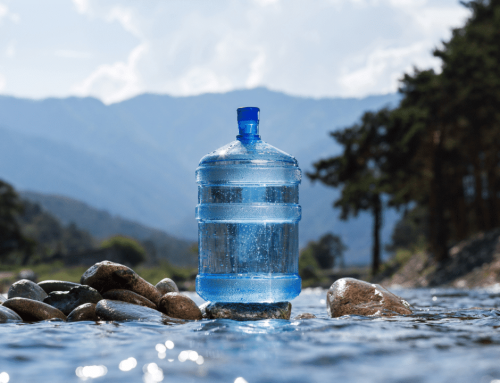As humans, we tend to think that we can do things bigger and better, but in actual fact, nature is the one that has got it all right – our environment is set up just right in order to keep things the best they could be.
One of the things that have been ruined by modern technology in the constant exploitation for natural resources and to make way for agriculture, are many wetlands that are essential to maintain balance on our planet.
Research has shown that wetlands, in the form of floating treatment wetlands (FTWs) may be able to sort the problem of nutrient removal that has dogged the wastewater treatment industry for ages.
FTWs are buoyant structures that are generally constructed from meshing, plastic piping, and Styrofoam; they enable a collection of plants to take root and grow. FTWs simulate the presence of natural wetlands and could ensure that wastewater treatment plants were able to harness their nitrogen-reducing power for their own uses.
During the study, which lasted for 28 months, water in an open-air pond was compared with the water columns beneath FTWs in two test ponds. Each pond was enriched with nitrate-rich water and the study revealed that the water under the FTWs had lower dissolved sulphate, nitrate, oxygen and pH than that of the control pond, making it eminently suitable for potential wastewater treatment applications.
Dr. William Strosnider, an associate professor at Saint Francis University and researcher for the study said: “Our results indicated that [FTWs] may be able to enhance nitrogen removal by creating good circumstances for denitrification. So, it could be possible to apply them after an aerobic step where wastewater is nitrified.â€
Strosnider cautioned however that while the study was promising, there is still a lot that is unknown about how FTWs remove nitrogen and how effective this could truly be for treatment plants struggling with nutrient influent.
“Further studies are needed to quantify rates of removal, the coverage of FTWs needed to achieve those rates, and how those rates would vary in different types of waters,†he said. “So, there’s a lot more to do.â€
Conventional floating treatment wetland structures are currently comparatively expensive when considered for high-coverage use, so it is recommended that wastewater treatment plants wait until more research is done before investing in FTWs.
Get bottled water coolers and mains water coolers from Living-Water.






